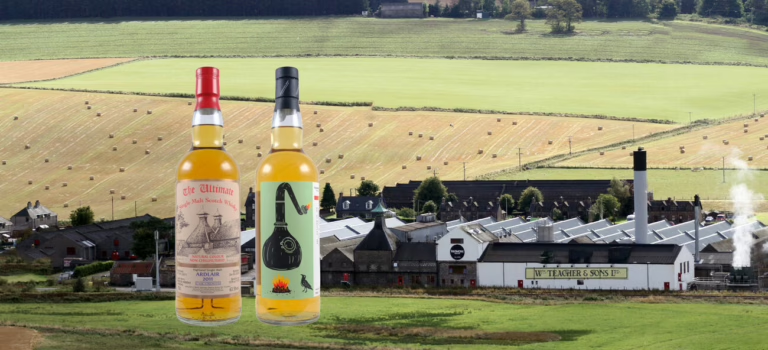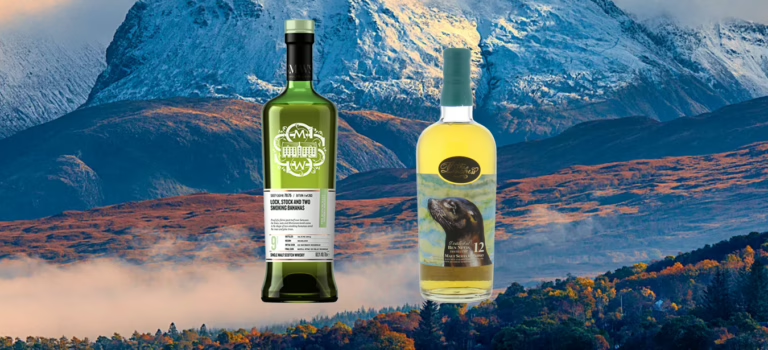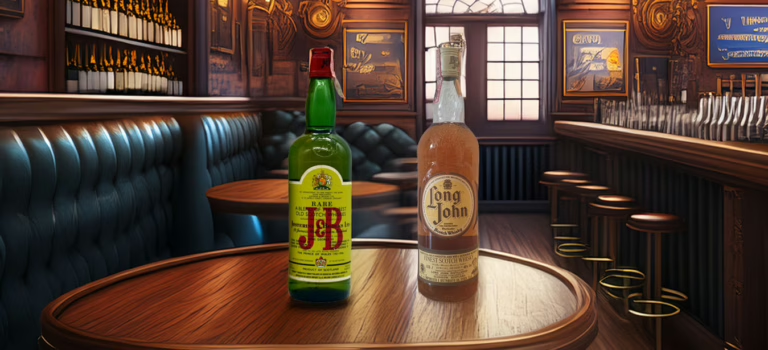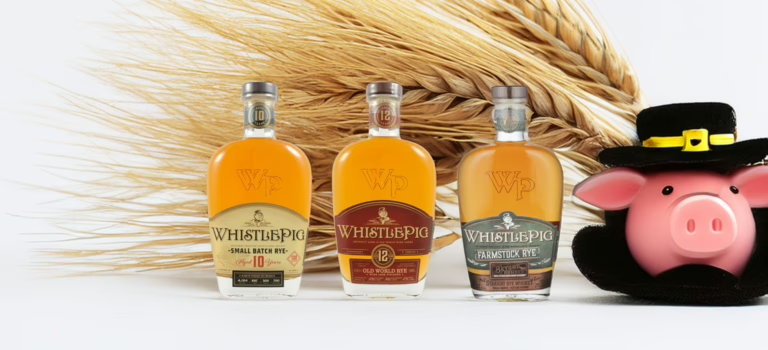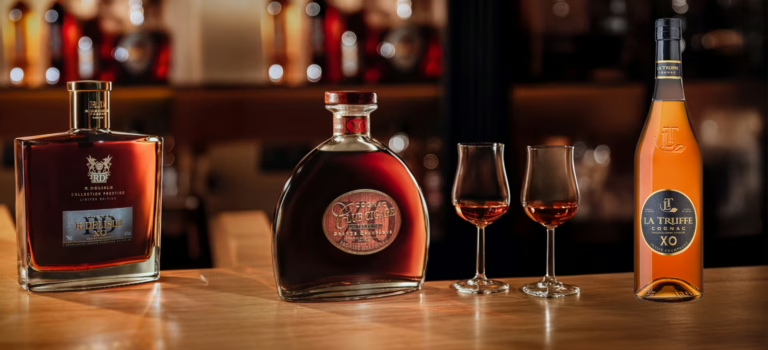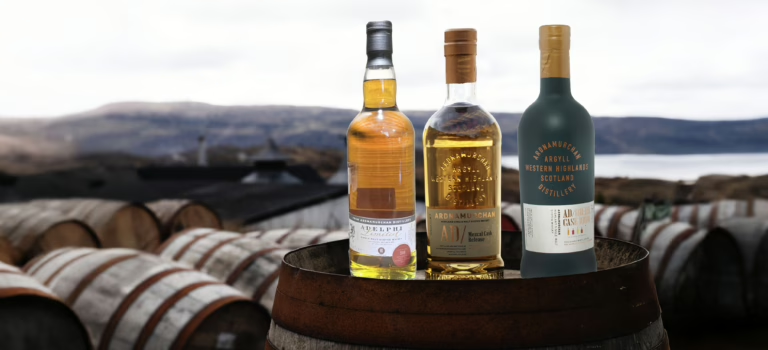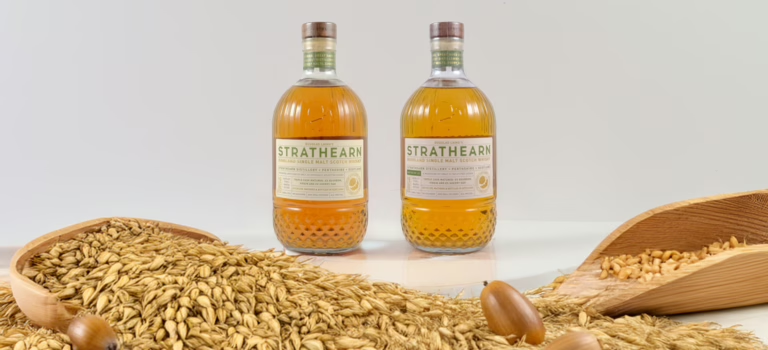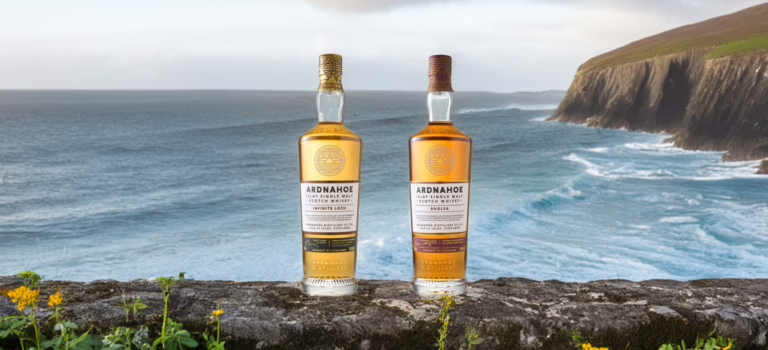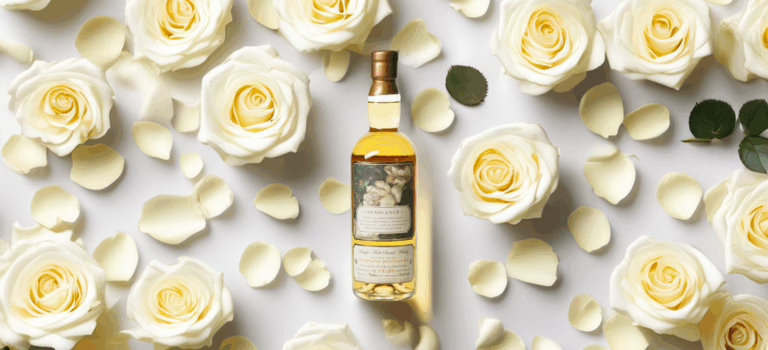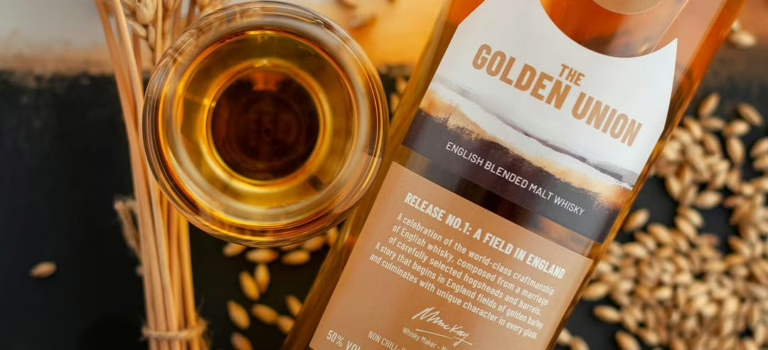Rosebank Distillery’s official founding was in 1840 by James Rankine, a local Falkirk wine merchant and tea blender. Situated on the banks of the Forth and Clyde Canal, the distillery thrived throughout the 19th and 20th centuries, earning a reputation for producing some of Scotland’s finest Lowland single malts. Rosebank distinguished itself through its traditional triple distillation process – a rarity in Scotch whisky production – which imparted a delicate, floral, and fruity character to its whisky, complemented by a thick palate texture thanks to its unique worm tub condensers.
After operating continuously for over 150 years, Rosebank closed in 1993 due to the prohibitive cost of upgrading its effluent treatment facilities and logistical challenges, despite the high regard for its whisky. The site remained dormant for three decades until Ian Macleod Distillers acquired the distillery and trademarks in 2017. Following an extensive restoration that faithfully replicated the original distillery’s layout and equipment, production resumed in 2023 and the distillery reopened to visitors in mid-2024. Obviously, the new spirit flowing from Rosebank stills is not whisky yet, so we’ll review a Rosebank 21-year-old ’Innocence’ bottled by Specialty Drinks (The Whisky Exchange).
Read more →
